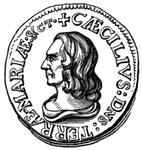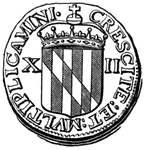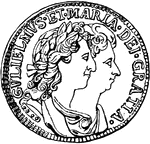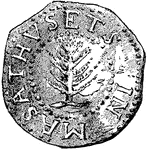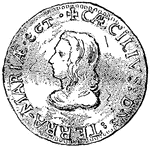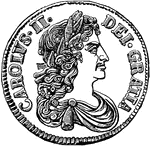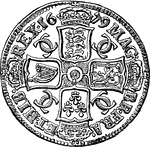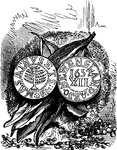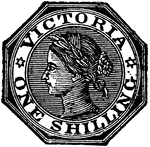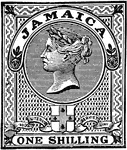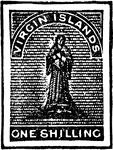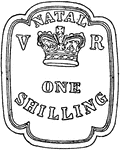Search for "shilling"
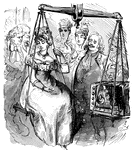
A Young Lady's Dower in Pine Tree Shillings
A young colonial woman's dower being paid in shillings according to her weight.

Pine-Tree Shilling
The Pine-Tree Shilling. This is a fac-simile of the first money coined in America. The mint-master,…
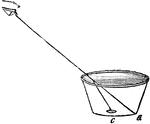
Cup and Shilling
"The refraction of water is beautifully proved by the following simple experiment. Place an empty cup,…

Silver Virginia Shilling Coin, 1774
Virginia Shilling (Shilling) Virginia Colony coin from 1774. Obverse has an image of a right-facing…

Paper Money, One Shilling Bill, 1776
One Shilling (1 shilling) New Jersey currency from 1776. Image is the Coat of Arms of Great Britain.

Paper Money, One Shilling and Six Pence Bill, 1781
One Shilling and Six Pence (1 shilling 6 pence) (18 pence) New Jersey currency from 1781. Image is the…

Paper Money, One Shilling Bill, 1781
One Shilling (1 shilling) Vermont currency from 1781. Image of thirteen rings surrounded by the inscription…

Orange Free State Een Shilling Revenue Stamp, 1882
Orange Free State Revenue Stamp (1 shilling) from 1882
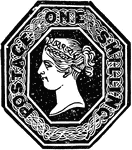
Great Britain and Ireland One Shilling Stamp, 1847-1848
Great Britain and Ireland Stamp (1 shilling) from 1847-1848
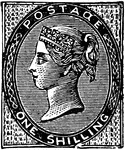
Great Britain and Ireland One Shilling Stamp, 1856
Great Britain and Ireland Stamp (1 shilling) from 1856
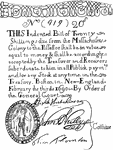
First American Paper Money, 1690
In 1690, The Massachusetts Bay Colony issued the first paper money in the colonies, called Colonial…

Laborers in the Vineyard Parable
"For the kingdom of heaven is like unto a man that was a householder, who went out early in the morning…
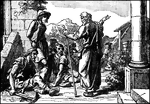
The Parable of the Householder Hiring Laborers to Work in the Vineyard
"For the kingdom of heaven is like unto a man that was a householder, who went out early in the morning…

Seven Shilling Piece from Great Britain
"...an English gold coin of the value of seven shillings, being the third part of the guinea, coined…


